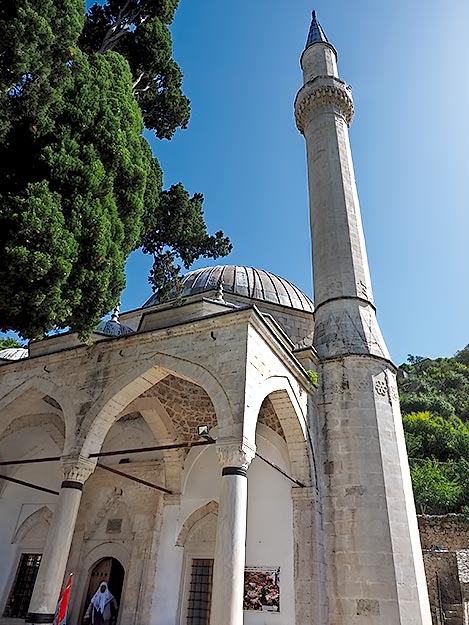Assalaamu Alaykum,
I shared this quote from the German-American Poet Charles Bukowski a couple of days ago as it had really hit me.
“I walk through rooms of the dead, streets of the dead, cities of the dead: men without eyes, men without voices; men with manufactured feelings and standard reactions; men with newspaper brains, television souls and high school ideals.”
It’s still hitting me, it’s still bouncing around my brain as I observe popular culture and those around me and see the truth I have known and so far not found the words to articulate of what I had seen in all these people’s eyes for such a long time.
Though he was non-Muslim, indeed was very much against organised religion or organised anything in society, still it’s a truth about so many of the people who walk and work their way through life without ever really having any meaningful thought or action from the time they are indoctrinated into modernity as a child to the time of the their death.
They are born, they are raised to think in a particular pattern, to follow the status quo whatever that is, when and wherever they are, through a western standardised education, then when they are young adults they have a few experiences good and bad but nothing profound, before they need to work, to pay the bills or for the education they just went through, to afford the lifestyle everyone tells them they should follow but still nothing is really made, or battled for, there is no real striving in thought or deed.
Then they marry, they love to a degree then they start the whole program again this time through their progeny with slightly updated white goods and homes, but fundementally it’s all the same.
Though we say we believe in a different creed, a spiritual creed different to this materialism, can the Muslims in the UK or in the wider west say we are really showing this in our lives, living a different mode or are we (and I include myself in this) really just fooling ourselves we are making incremental differences?
Whilst at the same time our nafs and the program we run through living in the west forces us to assimilate day by day, month by month, year by year, generation following generation becoming more and more the same as all those around us.
Becoming just like everyone else, “Men without eyes, men without voices; men with manufactured feelings and standard reactions; men with newspaper brains, television souls and high school ideals.”
We compete for the worldly life, the latest gadgets and must have kitchen devices, the bigger car to drive us to the masjid, or to carry our goods back from the shops, the iphones and the breadmakers whilst fooling ourselves we are spiritually enlighted as we can now afford to go on Hajj or the latest uplifting holiday to Morocco or Turkey with the perfect holiday snaps uploaded to social media.
I get it, not everyone can think deeply, not everyone is made that way otherwise society will crumble, crops will not be sown, the cars not made and the calls to service providers go unanswered. But those who do have an ability to think have a duty outside of their work whatever that is, outside of their families, their day to day living to open their eyes to the truth, to seek it out, to speak it when they find it out loud and in letters and print.
How many with souls which could have flown and done great or terrible things have instead allowed them to wither away in the mundane day to day living until in their dotage they see they have never lived a true life that those around them could really have appreciated?
Maybe this is not you or me totally yet, maybe this way we live makes you uneasy in your soul as it does me increasingly, so should we not then strive to think original thoughts to the problems in this world, to seek out the truth and amplify it when we find it in our deen, to ponder over the meaning of the universe and why we are here and to then attempt to truly make a difference to our own selves first and then to others?
But I think we all fall into this trap to some degree living where we do. At some point we look at who we have become, think of every sensible worldly decision which choice by choice narrowed down our potential and wonder what if we’d gone the other way?
Though we cannot turn back the clock, Allah has put us in this life once only, and can change ourselves, we need to truly live it in the now, whilst aiming for the afterlife, striving and struggling to truly live and make a difference for our own souls and those around us.
Allah states,
And the example of those who disbelieve, is as that of him who shouts to the (flock of sheep) that hears nothing but calls and cries. (They are) deaf, dumb and blind. So they do not understand.
Quran translation, Surah Al-Baqarah, 2:171
As I contemplated this short quote, and then looked into the life of Charlie Bukowski I felt a deep sense of loss and sadness he’d rejected the false life of the western secularised modernity only to fall into and embrace nhilism as an answer to the question of meaning in this world.
To think someone who had written such beautiful words only to move through life from bottle to bottle, woman to woman, that is achingly sad to me, to have reached half the truth whilst blinding himself to the next stage of it.
But I’ve not written any poetry myself for near ten years and not much else other than the odd blog post so though I think his answer is wrong, at least he attempted an answer. How many of us can say the same?
I used to spend endless hours walking, staring at the stars and the moon, listening to the animals and birds, sitting on a bench in the city centre observing all the people and their lives and pondering the why and the how, so why have I almost stopped doing this myself?
Allah commands us repeatedly in the Quran to contemplate, but instead we learn by rote and regurgitate. Yes we need to learn the truth, but we do really understand it and live it or are we still on some level dead in our hearts? men without eyes, men without voices?
I am going to go for a walk now in the country, to wake up myself up a little, to feel again if I can and keep doing so day after day until I find my words again.
I suggest whatever it was that opened your heart when you were young, you do the same as long as it’s good and wholesome of-course.
Assalaamu Alaykum,
Gingerbeardman

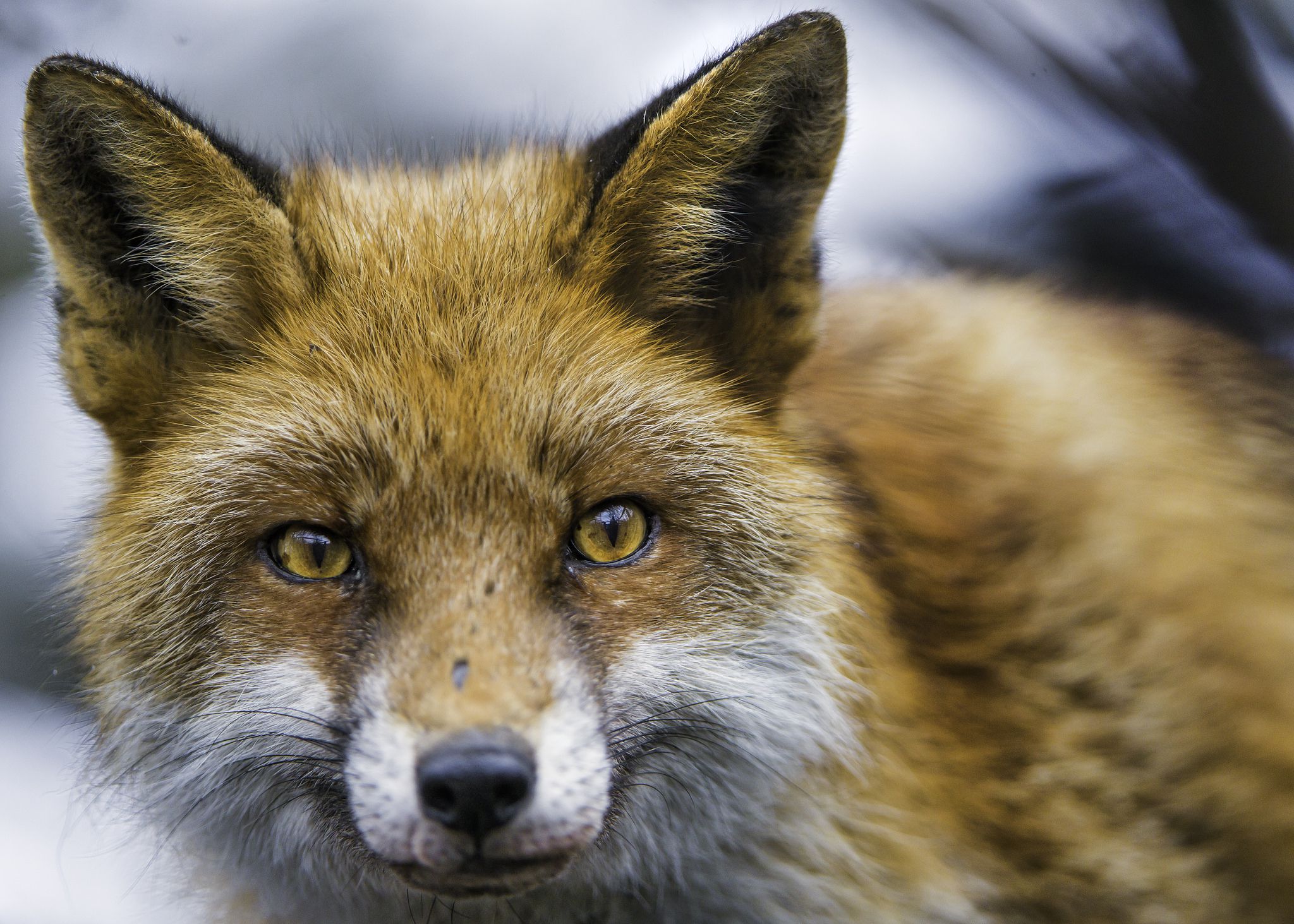 Saw one of these nasty vermin going after my families cat this morning, after fajr salaah… Time to call in the local hunt, ‘TALLY HO!’ 🐎🐎🐎📯
Saw one of these nasty vermin going after my families cat this morning, after fajr salaah… Time to call in the local hunt, ‘TALLY HO!’ 🐎🐎🐎📯
 Ethnic minorities are massively represented in the NHS, and increasingly so and most people are glad of it accept for the real knuckle-draggers out there (yes you ‘Gary’).
Ethnic minorities are massively represented in the NHS, and increasingly so and most people are glad of it accept for the real knuckle-draggers out there (yes you ‘Gary’).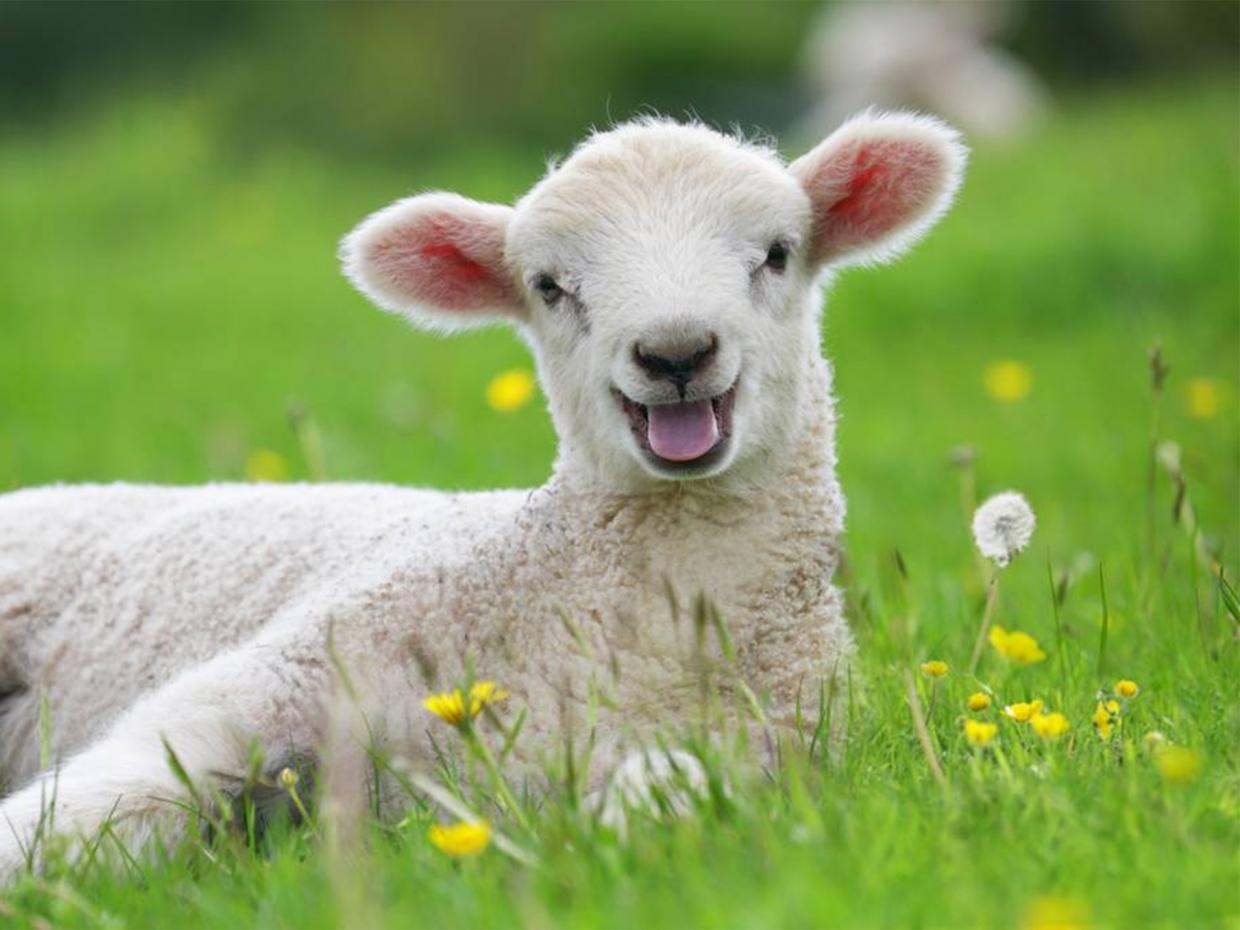

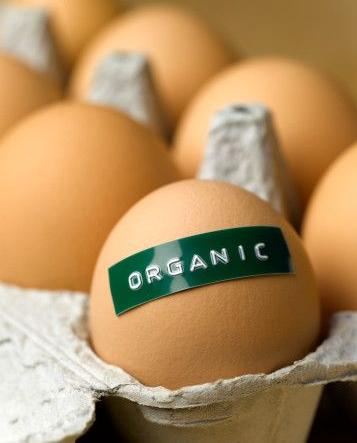 Paleo is often considered to be a variety of the low-carb diet, similar to the Atkins diet in that it stresses a reduction in the consumption of carbohydrates. However, unlike Atkins, it lays more stress on the health and environmental importance of eating free-range and organic meat and eggs and also advocates not eating vegetable oils.
Paleo is often considered to be a variety of the low-carb diet, similar to the Atkins diet in that it stresses a reduction in the consumption of carbohydrates. However, unlike Atkins, it lays more stress on the health and environmental importance of eating free-range and organic meat and eggs and also advocates not eating vegetable oils. Don’t be fooled by the critics’ (and some zealous proponents’) over-emphasis of meat consumption. In fact, a well balanced Paleo diet will include lots and lots of fresh fruit and veggies. While the Paleo diet is also by no means vegetarian, the important thing to remember is that, when it comes to meat, quality (organic, free range) is far more important than quantity.
Don’t be fooled by the critics’ (and some zealous proponents’) over-emphasis of meat consumption. In fact, a well balanced Paleo diet will include lots and lots of fresh fruit and veggies. While the Paleo diet is also by no means vegetarian, the important thing to remember is that, when it comes to meat, quality (organic, free range) is far more important than quantity.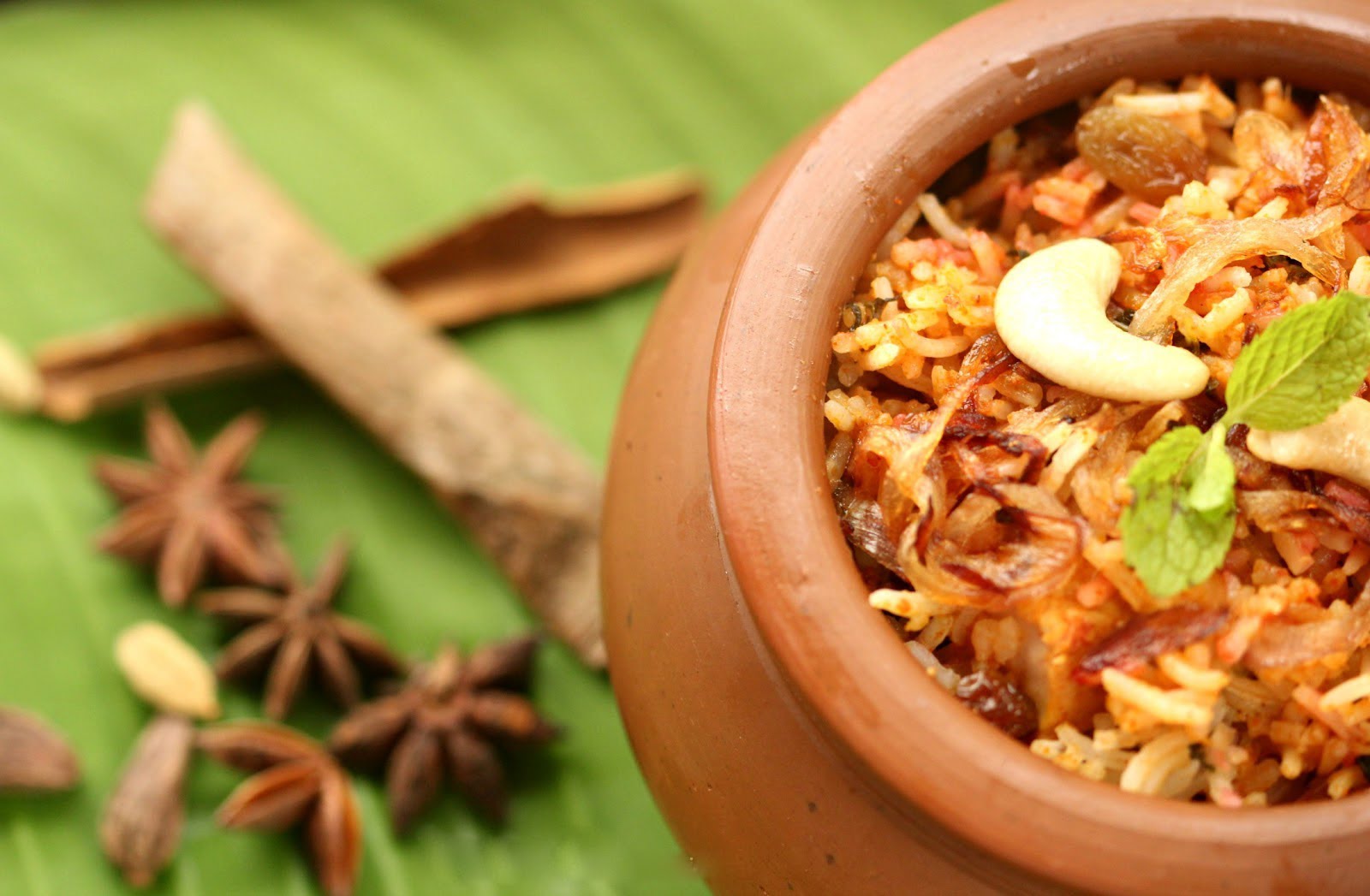
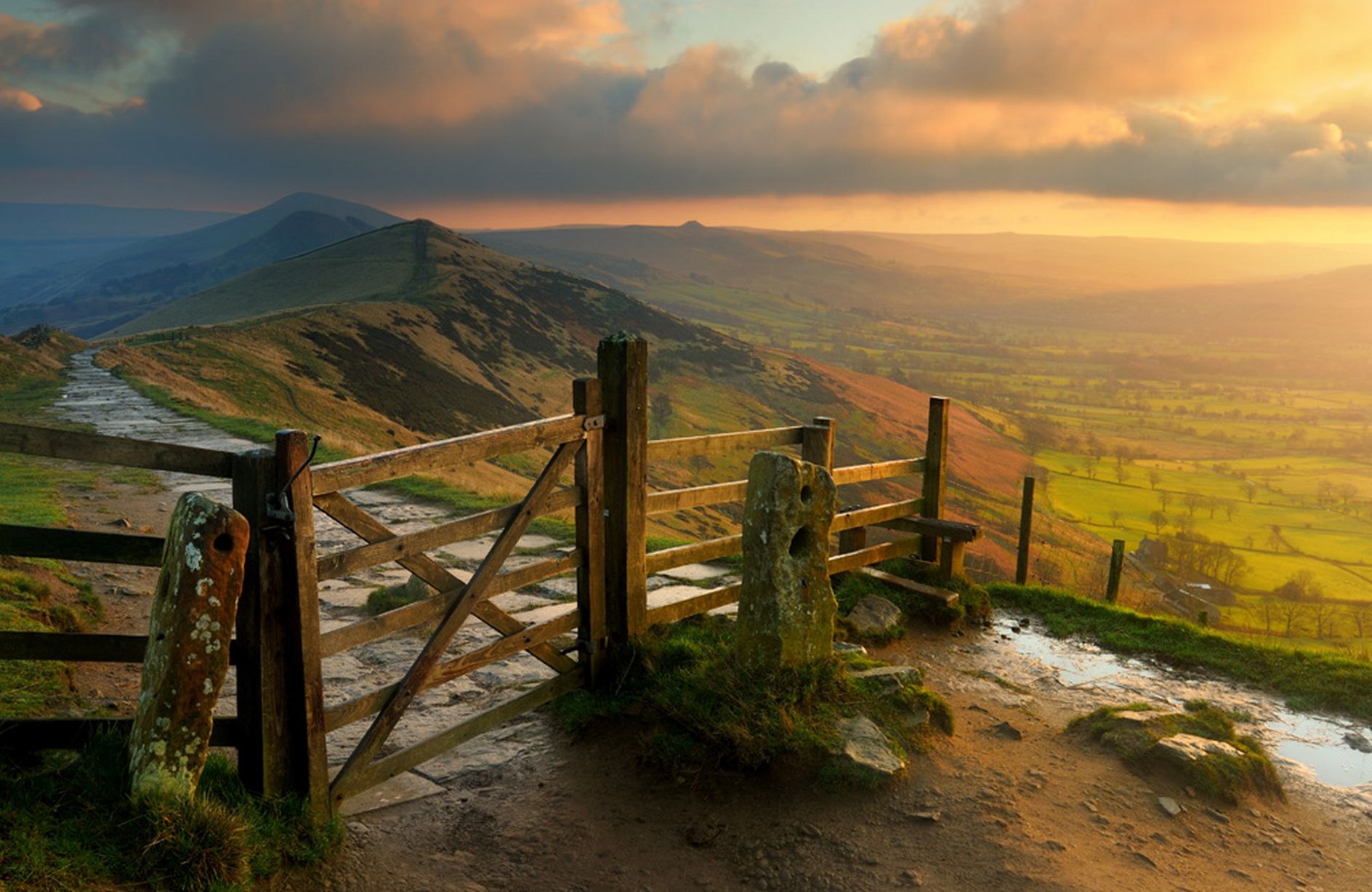 “WHAT IS THE PURPOSE OF THIS BLOG?”
“WHAT IS THE PURPOSE OF THIS BLOG?”